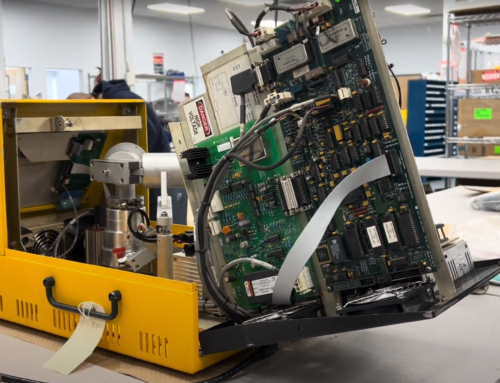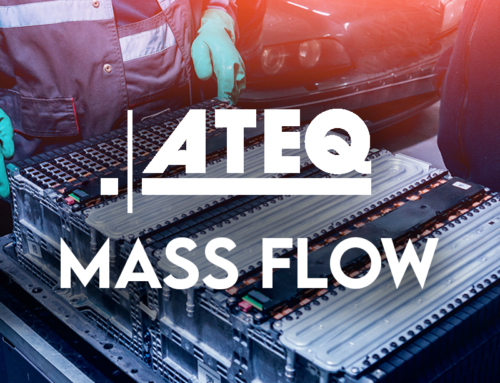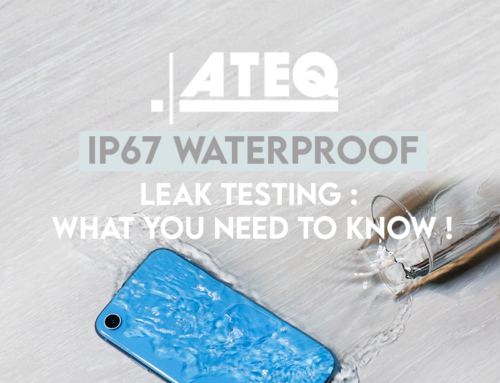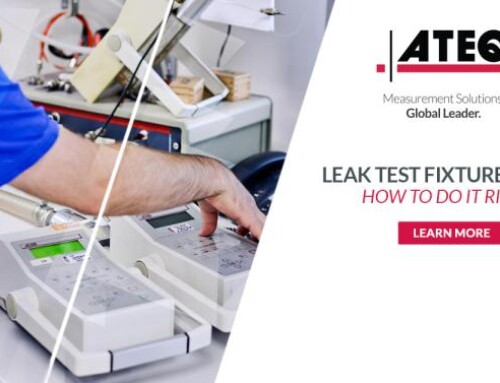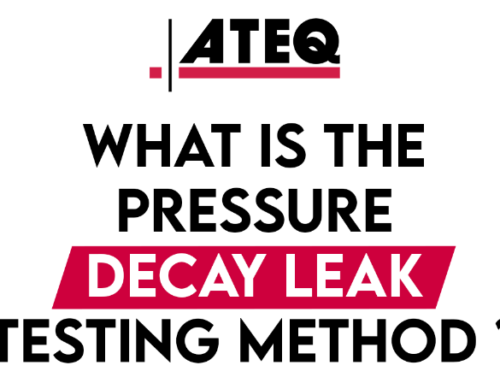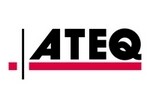Does your company manufacture a product that you know will require leak testing but you’re not sure where to start? Rather than guessing how to test the component, what the testing specifications might be, or what tester is best suited, contact ATEQ right from the start of your project. ATEQ has decades of experience leak testing thousands of various applications in all manufacturing industries:
- Medical Leak Testing
- Automotive Leak Testing
- Packaging Leak Testing
- Appliance Leak Testing
- Consumer Electronics Leak Testing
- Battery Leak Testing
- Electric Vehicle Leak Testing
ATEQ Application Engineers can serve as a guide throughout the entire process from teaching the basic principles of leak testing, developing testing specifications, designing fixtures, and integrating testers into production lines.
Leak Testing Intake Questions
Below are some topics that will be reviewed during your initial discussion with an ATEQ Application Engineer:
- Application Description
- What is the name of the part?
- What does it look like?
- What is it used for?
- What environment is it used in?
- Typical temperature, pressure/vacuum, fluid conditions the part will be exposed to.
- Part Size
- What is the total volume?
- What is the internal volume of the part?
- Part Material
- Is the part made of plastic, steel, aluminum, etc.?
- Leak Rate
- Has a leak rate specification for the part already been determined (ie. 2cc/min)?
- Test Pressure
- Is there an opening in the part to pressurize?
- Has a test pressure specification already been designated?
- Cycle Time
- How quickly do you hope to have parts tested (ie. 1 part per minute)?
- Test Set Up
- How many leak tests will be performed on the part throughout the production process? (ie. one for casing + one for final assembly etc.)
- How will the leak tester(s) be used?
- Manual Bench Testing
- Built into a machine fixture
- Will the fixture be automated?
- What communication protocol is used?
- Will the fixture be automated?
- Testing Environment
- What is the typical pressure, temperature and noise/vibrations like in the test area?
- How do these conditions fluctuate?
- What is the typical pressure, temperature and noise/vibrations like in the test area?
As you can see, there is a lot to think about when you get started talking about leak testing a manufactured component. But don’t worry–ATEQ is here to help you every step of the way-From education, to design, to service and calibrations.

Contact your local ATEQ Application Engineer to get started!

